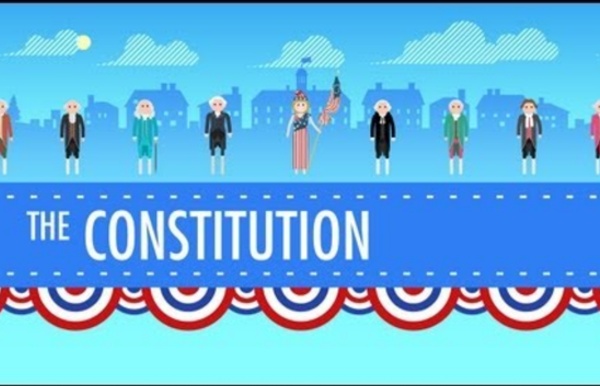



http://www.youtube.com/watch?v=bO7FQsCcbD8
Related: Edutl 5226 • POLITICSWhat is the Difference Between Fact and Opinion? [Video] Separating fact from opinion can be a difficult task. In this video, we will discuss the distinction between fact and opinion and offer some helpful tips for distinguishing between the two. A fact is a statement that can be proven to be true by the use of evidence. Electoral College Timeline of Events November 3, 2020—Election Day (first Tuesday after the first Monday in November) During the general election your vote helps determine your State's electors. When you vote for a Presidential candidate, you aren't actually voting for President. You are telling your State which candidate you want your State to vote for at the meeting of the electors. 31 Amazing Sources for Free Teacher Resources Teachers are always on the lookout for new inspiration and new ideas, but who’s got time to plow through the zillions of resources on the internet? Well, good news! We’ve done the research for you and here are 30 of our top sources for free teacher resources including lesson plans and activities created by fellow professional educators (marked with an asterisk).
8 Founding Fathers and How They Helped Shape the Nation Without them, there would have been no United States of America. The Founding Fathers, a group of predominantly wealthy plantation owners and businessmen, united 13 disparate colonies, fought for independence from Britain and penned a series of influential governing documents that steer the country to this day. All the Founding Fathers, including the first four U.S. presidents, at one point considered themselves British subjects.
Best Middle School Books, As Chosen by Teachers 9. The Giver Quartet by Lois Lowry Jonas lives in a society in which the government controls everything: childbearing, careers, marriages. His utopia has sacrificed emotions and uniqueness in favor of a safe and predictable life. List, Achievements, & Religion Founding Fathers, the most prominent statesmen of America’s Revolutionary generation, responsible for the successful war for colonial independence from Great Britain, the liberal ideas celebrated in the Declaration of Independence, and the republican form of government defined in the United States Constitution. While there are no agreed-upon criteria for inclusion, membership in this select group customarily requires conspicuous contributions at one or both of the foundings of the United States: during the American Revolution, when independence was won, or during the Constitutional Convention, when nationhood was achieved. Britannica Quiz All-American History Quiz Who was the original Edsel?
25 awesome apps for teachers, recommended by teachers What are the best apps for teachers? We asked TED-Ed Innovative Educators and the TED-Ed community. Below, 25 awesome apps recommended for teachers, by teachers. For teaching students how to present, create and code TED-Ed More than 250,000 teachers use TED education tools to spark student curiosity and explore presentation literacy skills. “TED-Ed is an outstanding resource in my classroom,” says TED-Ed Innovative Educator Jennifer Hesseltine. Constitution of the United States—A History A More Perfect Union: The Creation of the U.S. Constitution May 25, 1787, freshly spread dirt covered the cobblestone street in front of the Pennsylvania State House, protecting the men inside from the sound of passing carriages and carts.
SmallWorld: 100 Not-Boring Writing Prompts for Middle- and High Schoolers 1. Attach an image (photo, magazine, etc.) to a notebook page and write about it. 2. What things will people in the future say about how we live now? (Examples: They ate that? They believed that?) Bill of Rights and later Amendments to the United States Constitution Index to this page Bill of Rights Support ushistory.org and buy a poster for your wall! Click here! Original Ten Amendments: The Bill of Rights Teachinghistory.org Question What is multiperspectivity in history? Answer
Gerrymandering: How drawing jagged lines can impact an Elbridge Thomas Gerry was an American statesman and diplomat. As a Democratic-Republican he was selected as the fifth Vice President of the United States. Gerry later became the ninth Governor of Massachusetts.